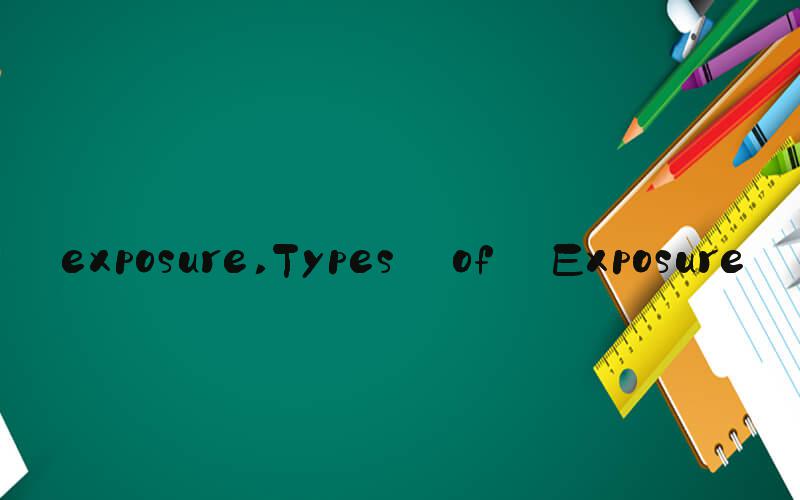 Introduction
IntroductionExposure is a vital component of photography. It refers to the amount of light that enters the camera and hits the image sensor. The correct amount of exposure is essential to achieving a well-balanced and properly lit photograph. A properly exposed image has the right balance of highlight, shadow, and mid-tones. In this article, we will discuss the importance of exposure in photography and how it affects the final product.
Types of ExposureThere are three types of exposure: underexposure, overexposure, and correct exposure. Underexposure is when the image is too dark because there is not enough light. Overexposure is an excess of light, resulting in a photo that is too bright and possibly washed out. The correct exposure is when the image has a proper balance of light and dark areas, giving the photo a natural and appealing look.
The Role of ApertureThe aperture is a critical part of exposure. It is the opening in the camera lens that allows light to enter the camera. The size of the aperture is measured by f-stop numbers, which determine the amount of light that enters the camera. A low f-number means a larger aperture, which allows more light to enter. A high f-number means a smaller aperture, which allows less light to enter. Choosing the correct aperture is important because it determines the depth of field and the amount of light that enters the camera.
The Importance of Shutter SpeedShutter speed is another essential component of exposure. It refers to how long the camera's shutter is open, allowing light to enter and hit the image sensor. Shutter speed is measured in seconds, and the shorter the time, the less light enters the camera. A faster shutter speed is ideal for action and motion shots, whereas a slower shutter speed is essential for low-light and night-time photography. Choosing the correct shutter speed is critical because it affects the sharpness of the image.
ISO SensitivityISO sensitivity measures the camera's ability to capture light. It determines the camera's noise levels and sensitivity to light. A lower ISO number means less sensitivity to light, which is ideal for bright conditions. A higher ISO number means more sensitivity to light, which is essential for darker environments. However, high ISO numbers can introduce more noise and graininess into the final image, so it's important to find the right balance between light sensitivity and image quality.
Exposure CompensationExposure compensation is a feature in some cameras that allows you to adjust the exposure of a photo by +/- stop increments. It's ideal for situations where the camera's exposure meter doesn't accurately measure the light or where creative control is necessary. Exposure compensation is a useful tool in achieving the correct exposure, especially in challenging or changing lighting conditions.
The Art of ExposureExposure is not just a technical aspect of photography but is also an art form. Creative choices such as deliberately overexposing or underexposing an image can be used to create unique and artistic results. Experimenting with exposure settings can also help to create dynamic and visually interesting photographs.
ConclusionIn conclusion, exposure plays a significant role in photography and is an essential aspect to consider when capturing an image. Understanding the elements of exposure, such as aperture, shutter speed, and ISO, can help improve your photography skills and achieve a well-balanced and correctly lit photo. Remember to experiment and be creative with your exposure settings to create unique and visually interesting images.
